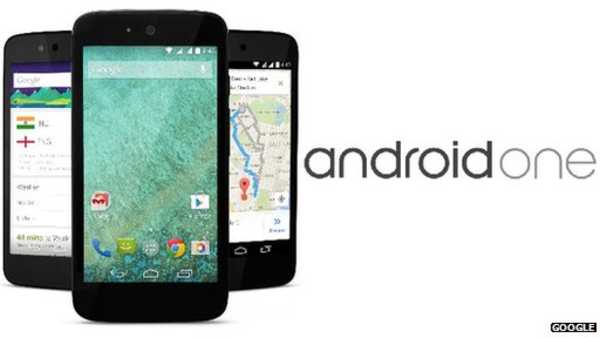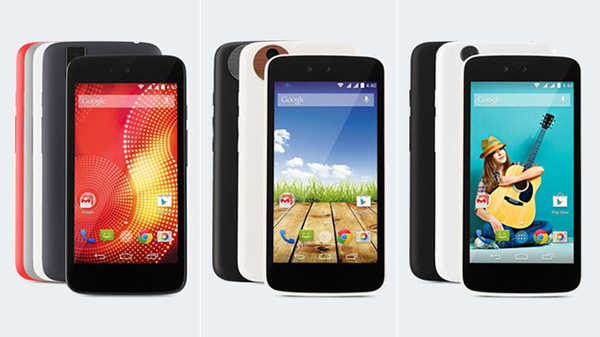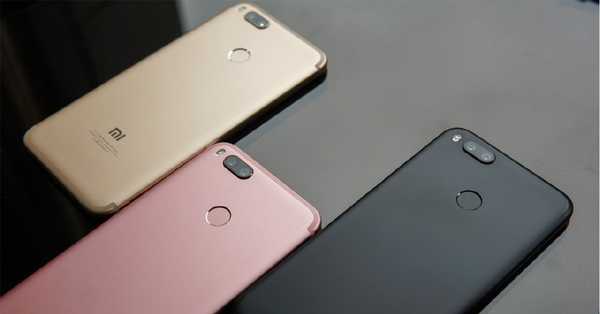
What is it Android One And what devices is it for? A few years ago, Google considered the need to bring Android to cheap terminals, with the aim of reaching emerging markets and therefore millions of users.
From there Android One was born, a new version of the Android operating system, aimed at users with less economic possibilities (or with less desire to spend more than necessary on a mobile). But little by little it has been taking small steps, until it is closer to mid-range mobiles, so that it is a version that we must already take into account.
Android One, features and everything you should know
Birth of the new Android version 1
As we have commented, this version It was born from the desire of those responsible for Google to bring its operating system closer to emerging countries. Thus, the first time we heard about this platform was in 2014, when three smartphone models that worked with this version were presented in India.
The manufacturers Karbonn, Micromax and Spice were the first to introduce it on their mobiles at that time. All smartphones had very modest features in common and a price below 85 euros.
The proposal was based on very cheap terminals and an Android operating system adapted to them, with the attraction that support was provided by Google. The operation would be, therefore, very similar to that of the Nexus, in which it is the company that develops the platform, which is in charge of the updates.

Arrival of Android One in Spain
The first time we were able to enjoy the One version in Spain, it was at the hands of BQ, with its Aquaris A4.5 model. It was a simple mobile, with features that were not too low, but not very extensive either, and a price below 200 euros. It's still getting updates, which speaks highly of this program.
The reality is that, in recent years, not too many mobiles have come onto the market in our country that use this platform. As we have mentioned, it was initially an idea intended for emerging countries.
But in recent weeks we have been able to see a movement that changes everything. And it is that the new Xiaomi Mi A1, a smartphone with clearly high-end mid-range features, has also opted for Android One as the operating system. Therefore, it seems that it stops focusing solely on the cheapest mobiles.
This alliance between Xiaomi and Google has been quite surprising, since One was not expected to reach models of this range.
This leads us to think that this version of the Android mobile operating system could be a platform similar to Nexus, both for cheaper mobiles and for more advanced ones.

Android 1 always up to date
The main advantage of having a smartphone with Android One is that since Google is in charge of providing the updates, we will always have the latest version available with the platform. Something that does not usually happen with cheap mobiles traditionally, since on many occasions they never get to update.
That is why Google is in charge of updating, since they are mobiles with pure Android, without a user layer, which speeds up the procedures and a lot, when it comes to applying the updates. Not like phones from Samsung, LG, etc., which have very complex user layers, which means that updates take forever to arrive, if they do arrive.
Less minimum requirements
To be able to update to the latest versions like Android 8 Oreo, it is necessary that smartphones have minimum requirements. That's the main reason manufacturers don't often update older models.
However, since Android One is intended for basic smartphones, the requirements are much lower. Most of the mobiles that bring it, have quad-core Mediatek processors and 1GB of RAM memory.
As for internal storage, although for example the previously mentioned BQ model has 16GB, there are mobiles that use this platform without problems with just 4GB. It would be practically impossible to enjoy an updated version of Android with these features, which is undoubtedly an advantage.
In short, we could say that Android 1 is an ideal option for those looking for a very cheap mobile.

Drawbacks
One of the problems that we can find when we talk about Android version 1, is who is responsible in the event that there is a software problem. For example, in the event that an update does not work as it should.
And it is that the manufacturer and the supplier of the software are fully independent companies, so it would be difficult to know who "to blame".
Another drawback would be that, normally, in Android One we cannot find the new features that are included in the traditional versions of Android, even if we have a fully updated mobile. But, on the other hand, it is not usual to be able to take advantage of the latest releases, when what we have is a low-end mobile.
Do you find Android version 1 interesting? Do you think it is a platform that will have a future and will be closer to mobile phones of all kinds or will it remain only a redoubt for low or medium range smartphones? Would you bet on a smartphone that uses this platform?
We invite you to tell us about it in the comments section at the end of this article.